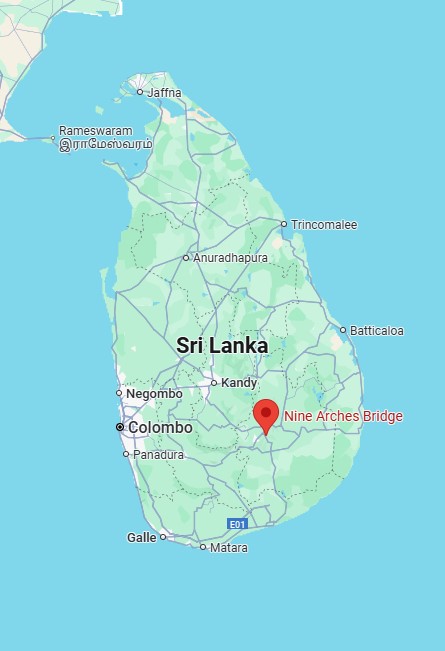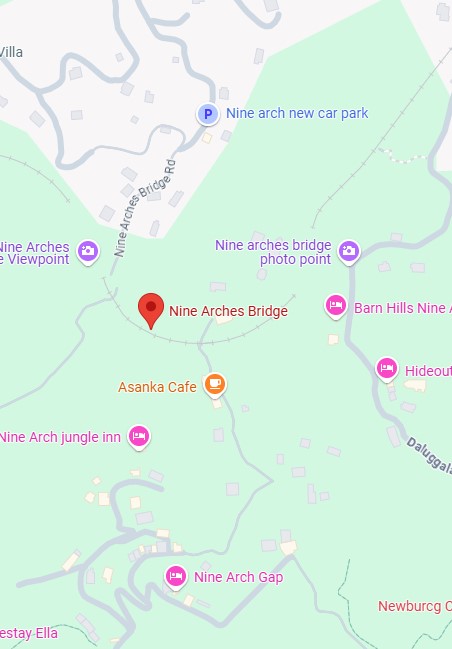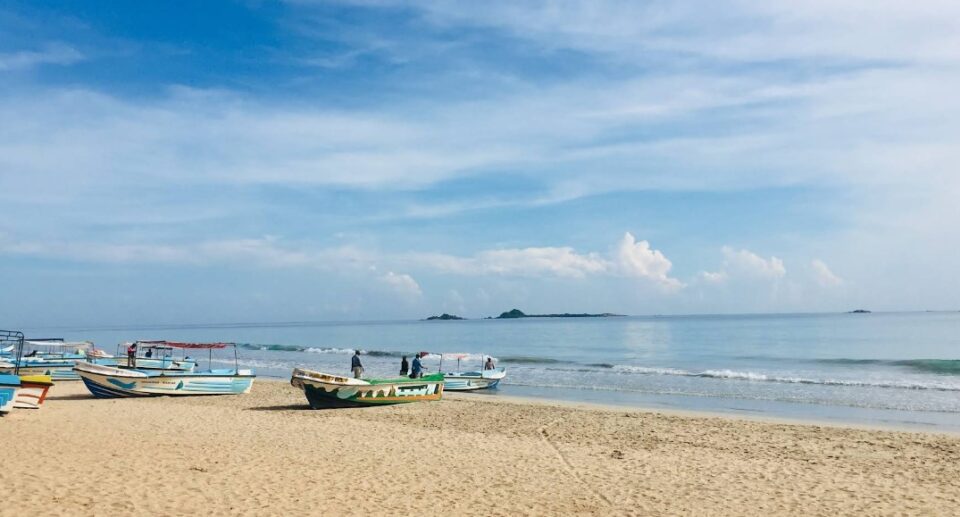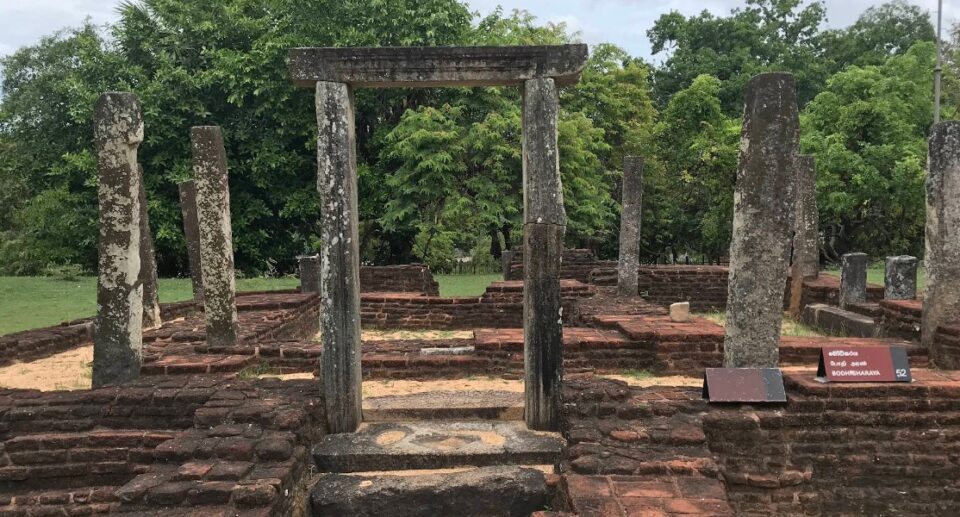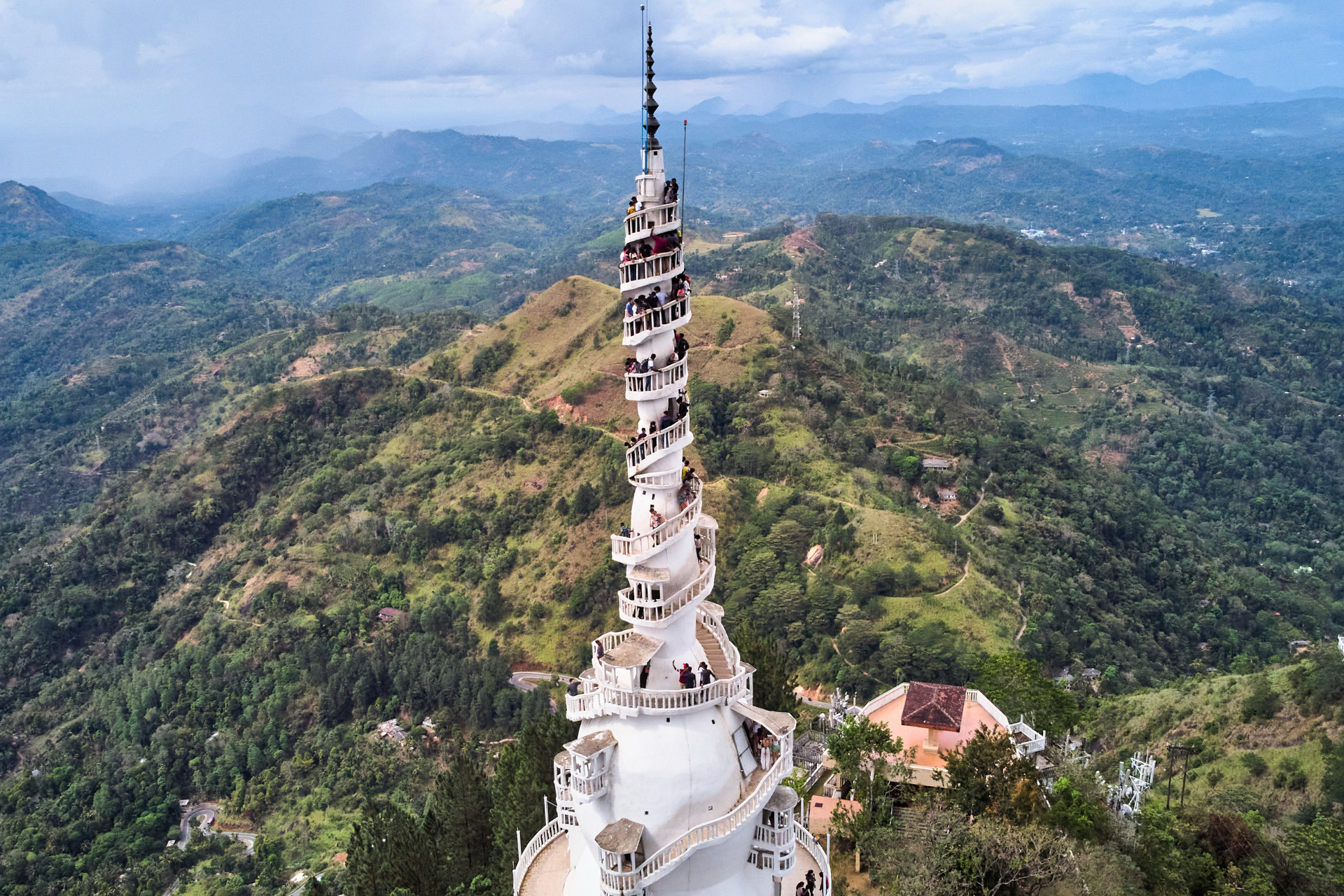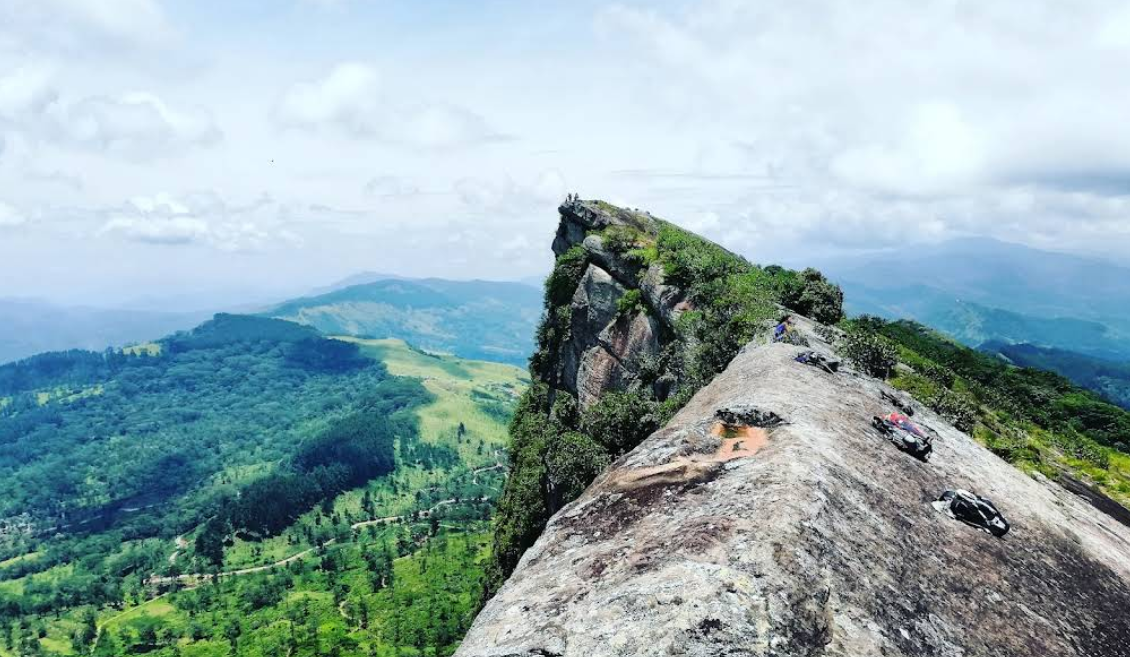The Nine Arch Bridge: A Marvel of Colonial Architecture in Sri Lanka
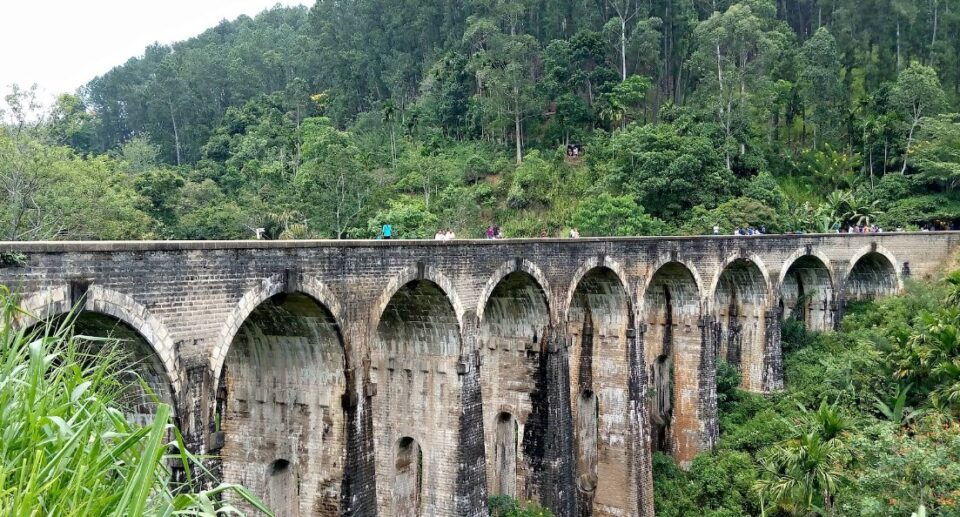
Nestled in the green, misty hills of Ella, a small hill station in Sri Lanka’s central highlands, the Nine Arch Bridge or Bridge in the Sky is a wonder of colonial era engineering prowess, landscape loveliness, and time-tested architectural finesse. Built during the early 20th century, the nine beautifully arched stone arches of this bridge cross a deep gorge amidst tea plantations and cloud forests to emerge as one of the nation’s most photographed and respected landmarks.
Historical Background
The construction of Nine Arch Bridge took place from 1913 to 1921 during British rule when Sri Lanka was referred to as Ceylon. The bridge was part of the Main Line railway that linked the capital city of Colombo to the town of Badulla, which runs through some of the most beautiful points like Ella and Nuwara Eliya. It was aimed at enabling trains to cross a deep ravine between the Demodara and Ella railway stations.
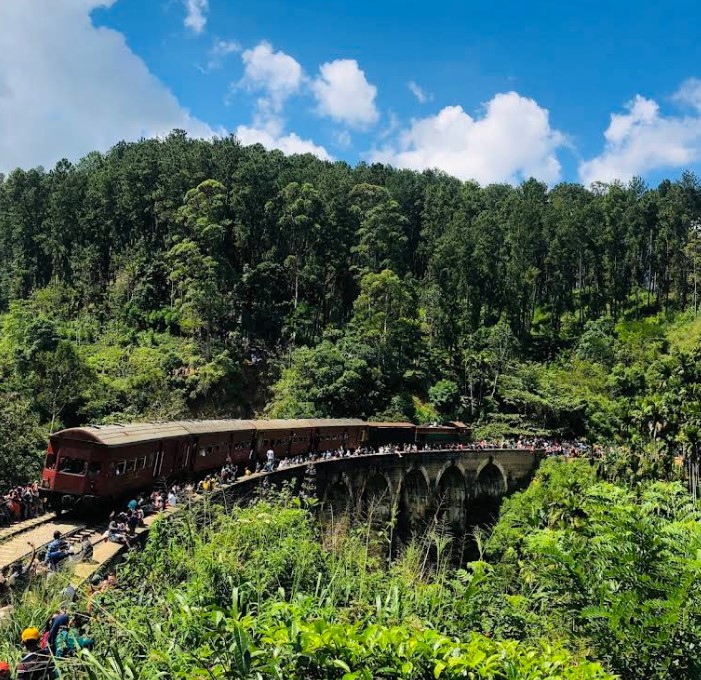
It appears from local history and records that the bridge was originally intended to be built in steel, which was to be imported from Britain. When World War I commenced in 1914, the British Empire diverted the supply of steel towards use in the war. The builders, under a local Ceylonese engineer by the name P.K. Appuhami, decided to build with local materials alone: stone bricks and cement, with no steel reinforcement. This places the Nine Arch Bridge among the world’s few railway bridges built of only stone and concrete without the use of metal.
Architectural Significance
The bridge is a fine example of British colonial railroad construction mixed with native building techniques. It is 91 meters (300 feet) long, 24 meters (79 feet) high, and composed of nine symmetric arches, for which the bridge has received its classic designation. The arches are built in semi-circle shape, and the bridge is supported on a line of stone piers that gracefully ascend the forest floor below.
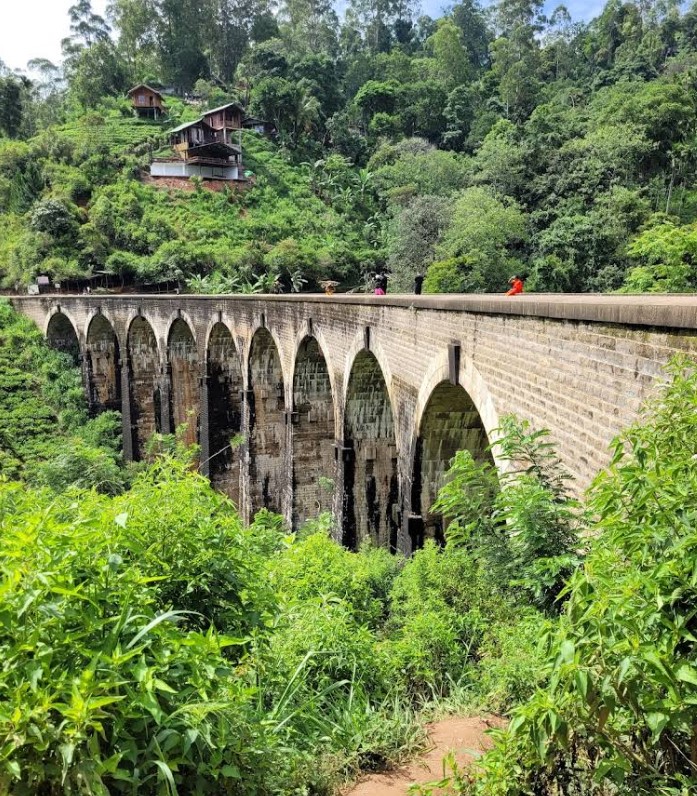
The most surprising aspect of the Nine Arch Bridge is probably its age. Despite being built without steel, the bridge has withstood the tests of time, monsoon rains, and continuous use by trains for over a century. Its strength and resilience bear testimony to the ingenuity of the engineers and contractors who built it with local wisdom and colonial expertise, employing local materials and traditional equipment.
It is bordered on both sides by thick forest and tea plantations, increasing its aesthetic value and forming a good example of architecture that blends with nature.
Cultural and Touristic Importance
The Nine Arch Bridge is not only a significant part of the railway infrastructure in Sri Lanka but also a tourist attraction today. A most popular destination in the Uva Province, it is on every traveler’s itinerary when visiting Ella and the central highlands. Thousands of tourists and the local population travel along forest paths and tea estates just to catch a glimpse of the bridge.
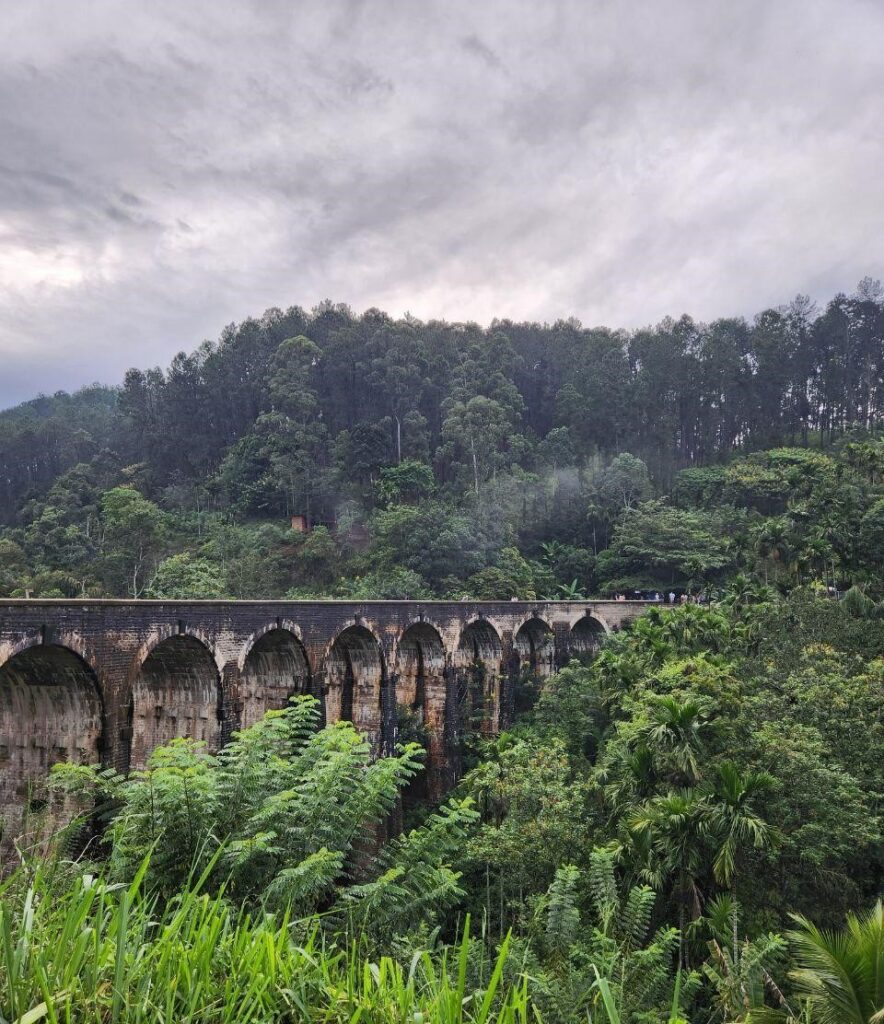
The bridge looks especially lovely during train passages. The sight of a blue or red train swooping across the old arches, against shrouded hills and green hillsides, is a clichéd Sri Lankan postcard scene. Tourists typically gather in early morning or late evening to enjoy this magical view, and photographers and drone pilots are often taking the view.
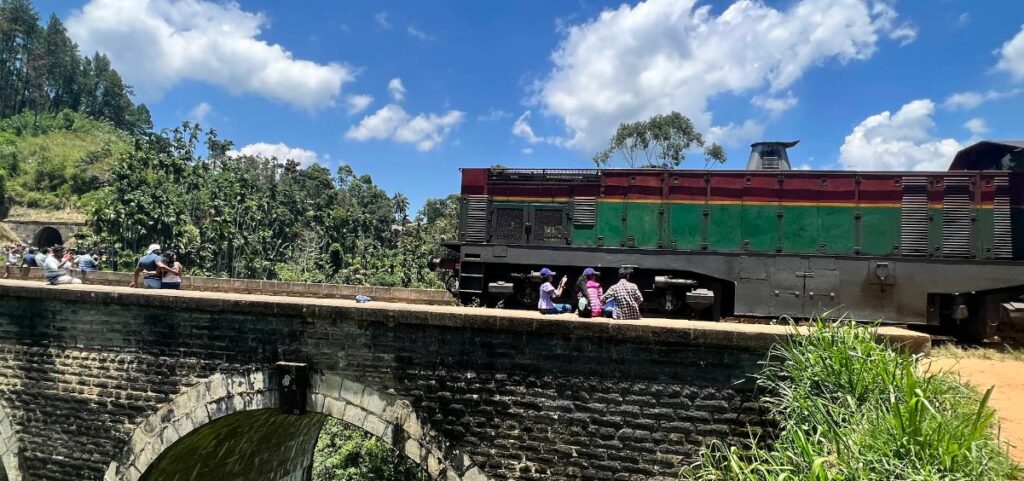
Besides its visual beauty, the bridge has a symbolic significance in the country’s culture. It represents a connection between the past and the present, a reminder of colonial history, and the innovation of Sri Lankan engineers. The local communities around Ella have received the tourism industry promoted by the bridge with open arms, offering guided tours, home stays, and beverages to tourists.
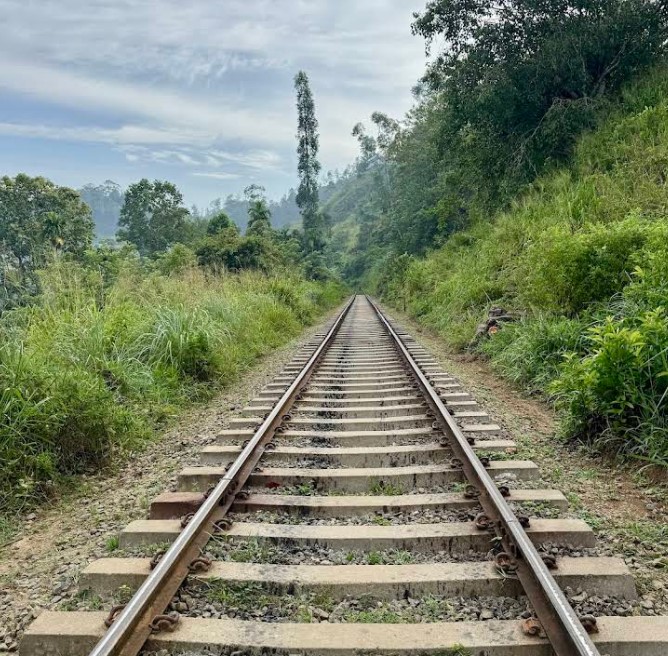
How to Visit
Getting to the Nine Arch Bridge is quite convenient for tourists who are lodging in Ella. It is easily accessed through various routes, one of which is a forest trail that takes 30 minutes from Ella town. One can also travel there through the Demodara Loop or even take a tuk-tuk ride from town to reach nearer.
The optimum time to visit is around train times, which can be predetermined by checking beforehand. Watching a train inching over the bridge is popular with most. Sunrise and sunset provide the best light for photos, followed by quiet morning times for a peaceful atmosphere.
Economic and Social Impact
Greater popularity of the Nine Arch Bridge has been a boon to the local economy in and around Ella and other villages. Small businesses have flourished with roadside stalls selling food, drinks, handicrafts, and souvenirs. Homestays, guesthouses, and eco-lodges have appeared, providing accommodation to tourists drawn by the bridge and other points of interest in the region like Little Adam’s Peak, Ella Rock, and Ravana Falls.
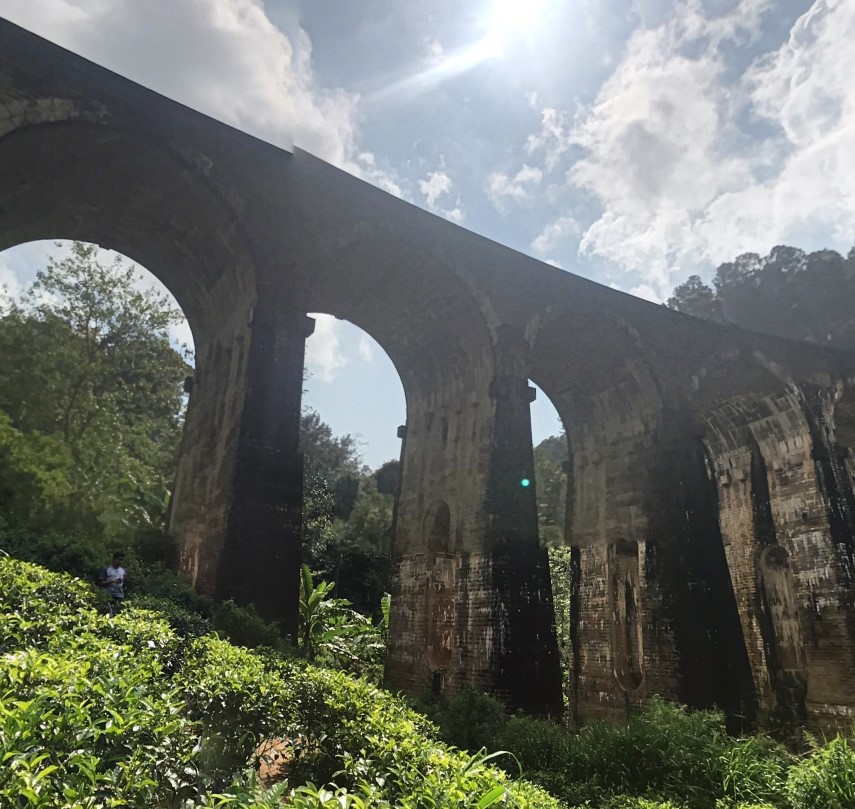
Though economic benefits have been brought in via tourism, there are also pitfalls. Tourism has to fight littering, erosion of trails, and overcrowding during high seasons in order to maintain the regional ecological balance. Local authorities and environmentalists have sought to manage visitor flow and preserve the surrounding nature.
Symbol of Engineering and Unity
Beyond its physical structure, the Nine Arch Bridge also symbolizes human collaboration and creativity. The collaborative labor of British engineers and Sri Lankan laborers, including erstwhile traditional drummer-turned-construction worker P.K. Appuhami, is a witness to the cultures and skill sets blending in much of the island nation’s colonial growth. It’s said that Appuhami’s involvement saved the project after the British had abandoned it due to material shortages, and that he oversaw the completion using innovative techniques that continue to impress engineers today.
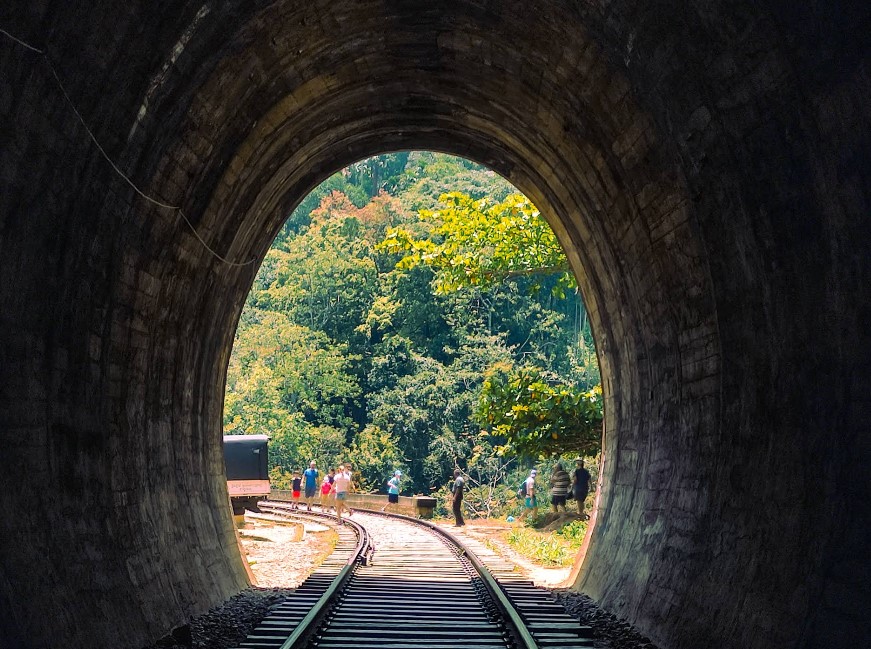
The story of the Nine Arch Bridge, therefore, is not just one of stones and arches, but of people, perseverance, and pride. It is a monument not merely to transportation, but to heritage and resilience.
The Ella Nine Arch Bridge is not just a railway attraction—it’s a symbol of the past, a visual treat, and a cultural treasure. Its ageless beauty, surrounded by the rolling green slopes of Sri Lanka, continues to captivate all who lay eyes on it. Whether admired for its engineering brilliance, its photogenic charm, or its significance in Sri Lanka’s colonial past, the bridge stands as a silent sentinel over a century of change, reminding us of the power of creativity and collaboration.
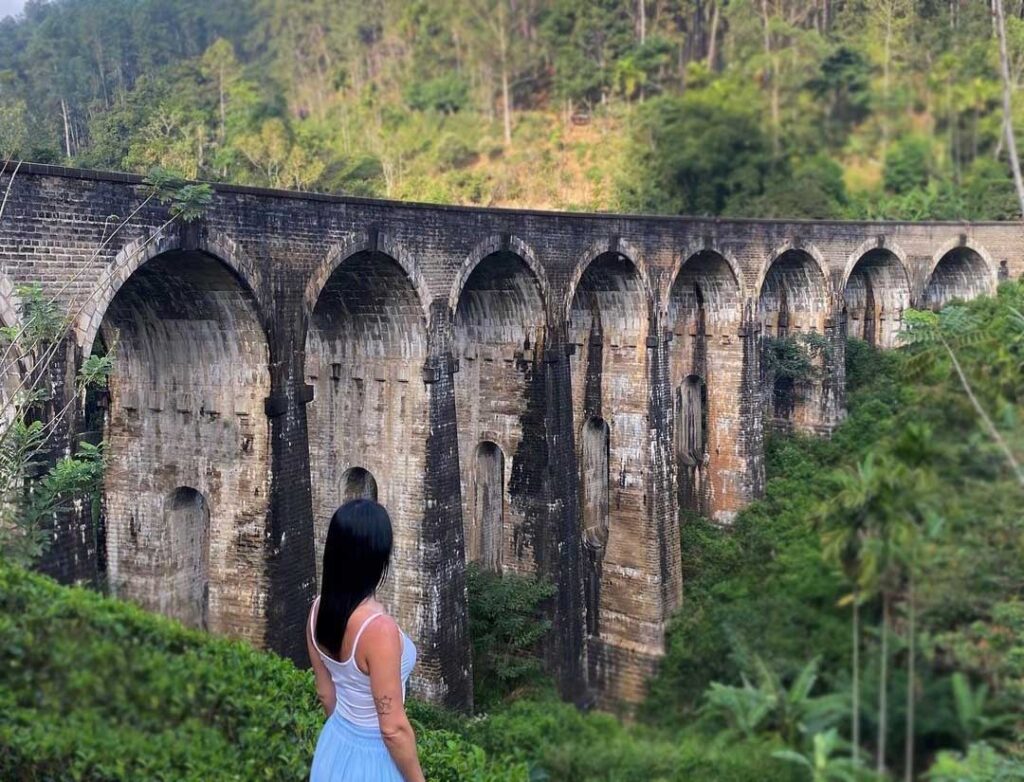
Nine Arch Bridge is located between Ella and Demodara railway stations in the Uva Province of Sri Lanka. It’s about 1.5 km from Ella town.
Option 1: By Train (to Ella Station)
If you’re coming from Colombo, Kandy, or Nuwara Eliya, the most scenic way to get to Ella is by train.
- From Colombo to Ella – ~9–10 hours
- From Kandy to Ella – ~6–7 hours
- From Nuwara Eliya (Nanu Oya Station) to Ella – ~4 hours
Once at Ella Railway Station, you can either:
- Walk (~30–40 minutes)
- Take a tuk-tuk (~5–10 minutes ride)
On Foot from Ella Town (Popular Walking Trail)
- Start: From Ella town, walk along the Passara Road (towards Little Adam’s Peak).
- Distance: Around 1.5 km
- Time: About 20–30 minutes depending on pace
- Route:
- Walk past the Art Café Umbrella on Passara Road.
- You’ll see a small sign or a path near a guesthouse (often marked).
- Follow the path through forest and tea fields until you reach the bridge.
This route By Tuk-Tuk or Taxi
- Tuk-tuks are everywhere in Ella and can take you directly to the closest viewpoint or path near the bridge.
- Cost: 300–500 LKR (around $1–2 USD)
- Travel time: 5–10 minutes
You can ask the driver to wait for you or arrange a round trip.is safe, scenic, and popular with tourists.
Best Time to Visit:
- Early morning (around sunrise): Fewer crowds and soft light.
- Late afternoon (before sunset): Golden light for photography.
- During a train crossing: Check Sri Lanka Railways schedule or ask locals/hotels for train times.
